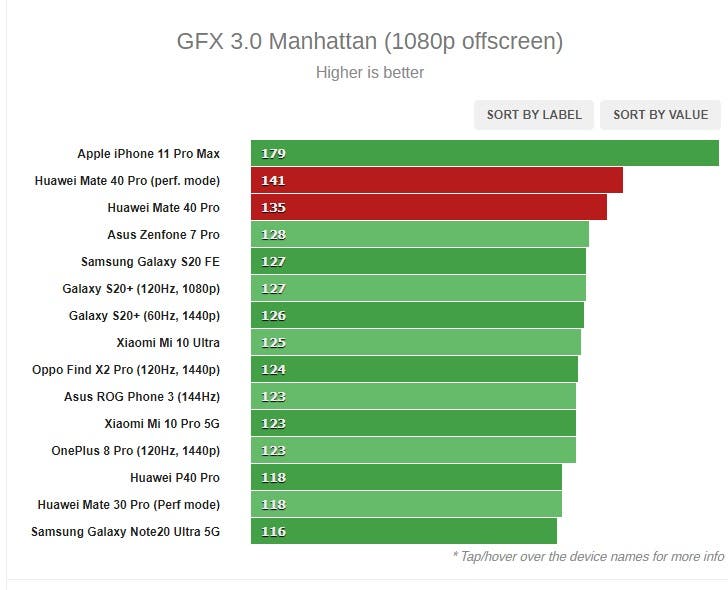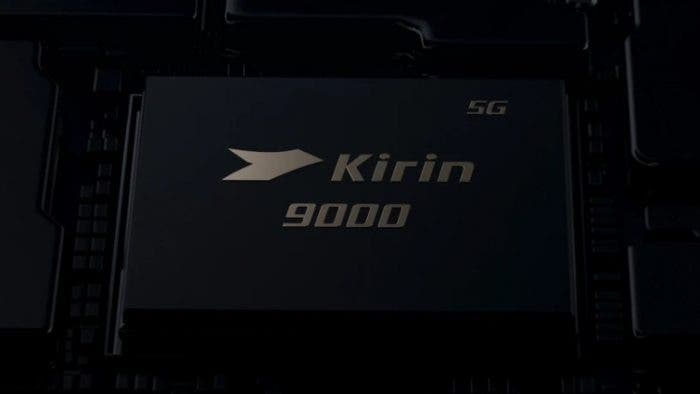Yesterday, Huawei unleashed the Mate 40 series smartphones. They debuted the Kirin 9000 series flagship chips. Apart from the original model, the Mate 40 came with the Kirin 9000E variant. However, both are 5G SoCs and 5nm process node. Due to the latter, it is way faster, generates lower heat, and provides more energy-efficient operating experience.
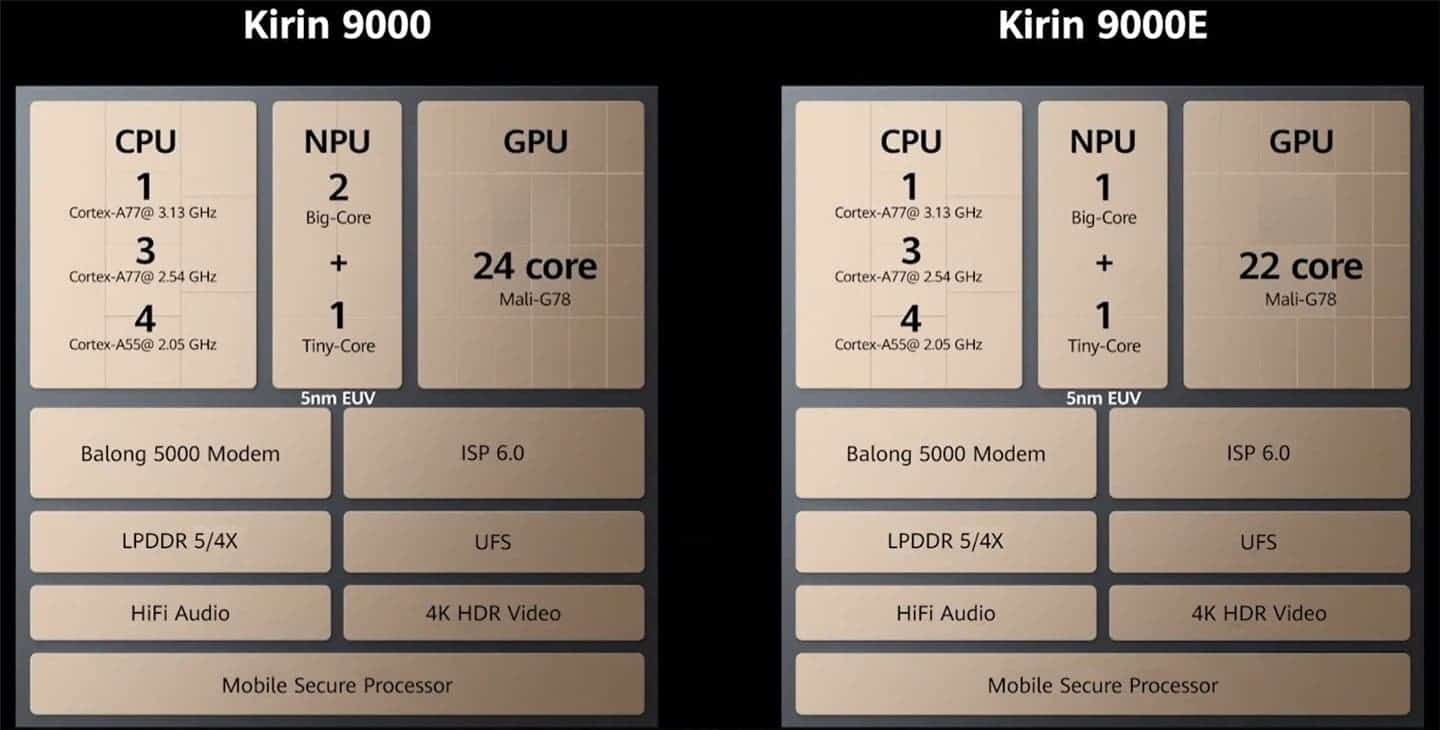
The Kirin 9000 chip integrates 15.3 billion transistors, which is 30% more than the Apple A14. The Kirin 9000 chip uses an octa-core CPU design and integrates a 24-core Mali-G78 GPU. Apart from this, the SoC comes with a 2-large-core + 1-small-core NPU. It integrates Huawei’s most advanced ISP technology.
Specifically, the Kirin 9000 is manufactured using a 5nm EUV TSMC process and integrates a 5G Balong 5000 modem. This SoC complies with an 8-core CPU, divided into 1x Cortex-A77 @ 3.13 GHz + 3x Cortex-A77 @ 2.54 GHz + 4x Cortex-A55 @ 2.05 GHz.
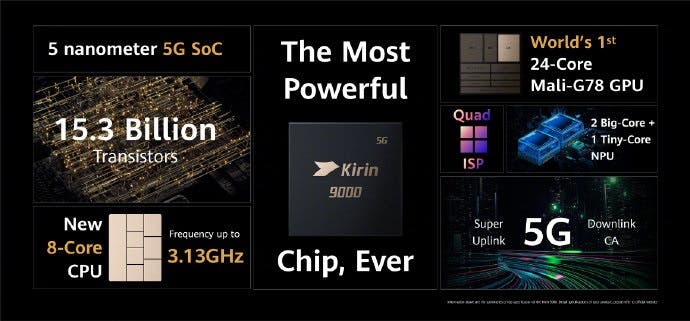
The most important part is graphics. Mali-G78’s GPU uses 24 cores. It is accompanied by all this is a brand new NPU with 2 ‘big cores’ and 1 ‘small core’. The Kirin 9000 supports LPDDR5 and LPDDR4X memory controllers and UFS storage. In addition, Kirin 9000E comes with a 22-core GPU and 1+1-core NPU.
As said, Huawei claims the Kirin 9000 is by far the most complex and powerful 5G chip. It has 30% more transistors (15.3 billion) than the Apple A14. The Kirin 9000 CPU is 10% faster than that of the Snapdragon 865+. The GPU is 52% faster than the Snapdragon 865+’ Adreno 650. And its NPU is faster than Snapdragon 865+ by 240%. The download speed of this chip is 2 times faster than that of the Snapdragon 865+ X55 modem. Finally, the upload speed is 5 times faster than that of the Snapdragon 865+.
However, all these features sound attractive when they are on paper. But what about the actual performance? Today, GSMArena published an interesting article showing the actual experience of the Kirin 9000.
In GeekBench’s multi-core CPU test, Mate 40 Pro’s performance mode is about 6% higher than last year’s iPhone 11 Pro Max. In the single-core test, the Mate 40 Pro is ahead of Zenfone 7 Pro’s Snapdragon 865+. But there is still a big gap in single-core performance with iPhone 11 Pro Max.
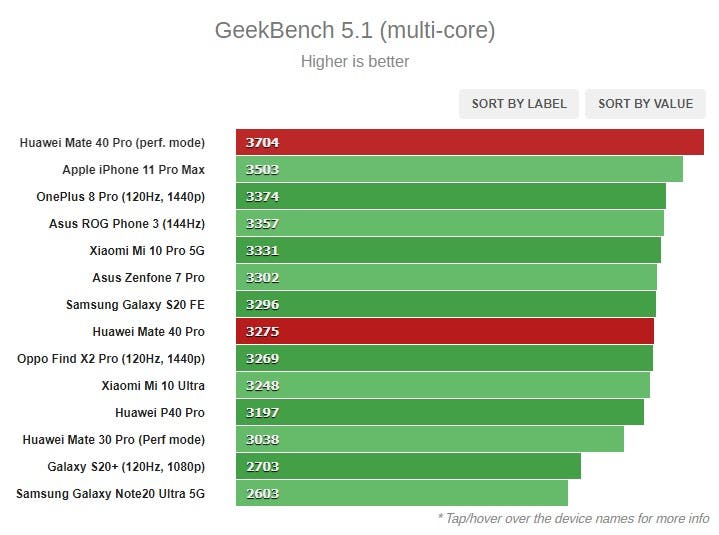
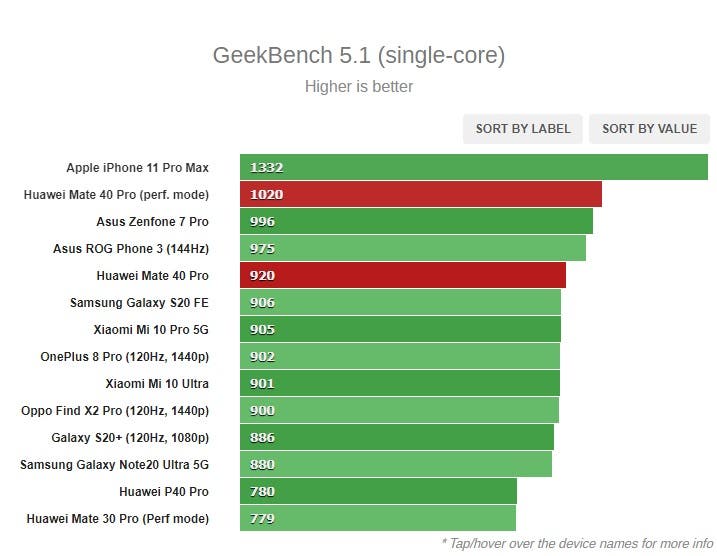
The Mali-G78 GPU of Mate 40 Pro performs well on 3DMark. It has a 20-30% advantage over the current Snapdragon 865(+) device in the two test items of OpenGL and Vulcan.
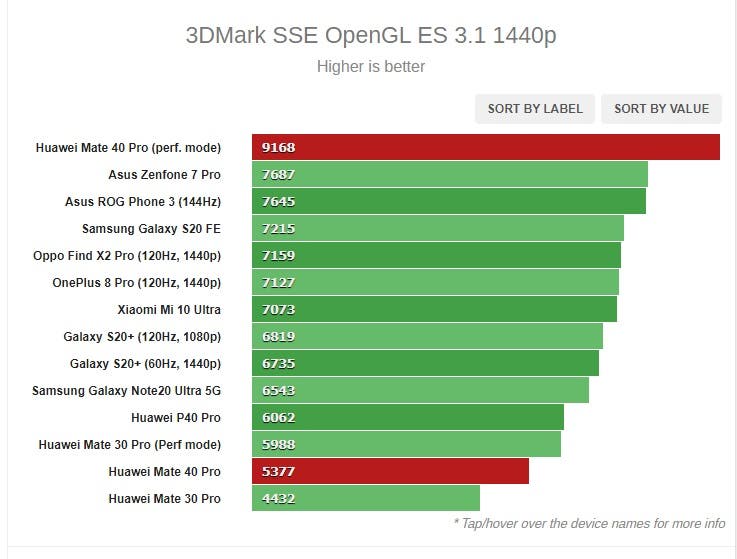
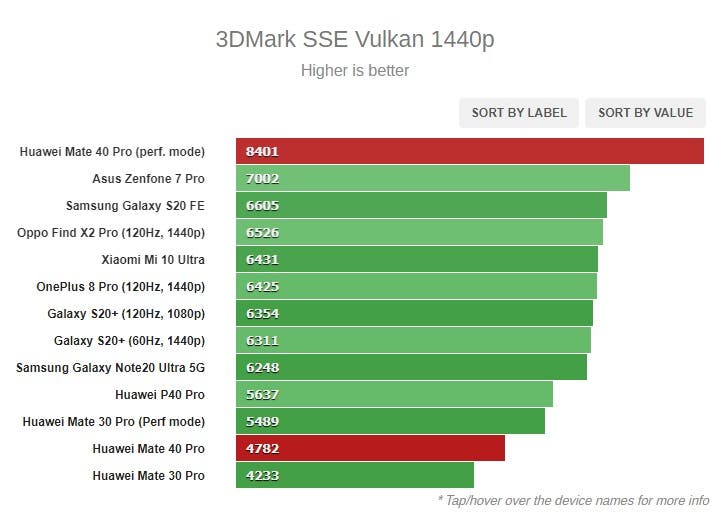
In the off-screen test of GFXBench, the Mali-G78 of Huawei Mate 40 Pro performed better with a 1080p display than many flagship products in 2020, but lost to Apple’s iPhone 11 Pro Max.
